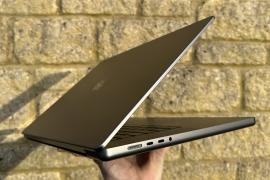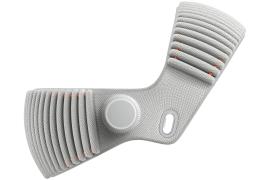The CMF Phone 2 Pro is the cheap, fun and functional trifecta
A more grown-up take on the affordable, accessory-friendly phone
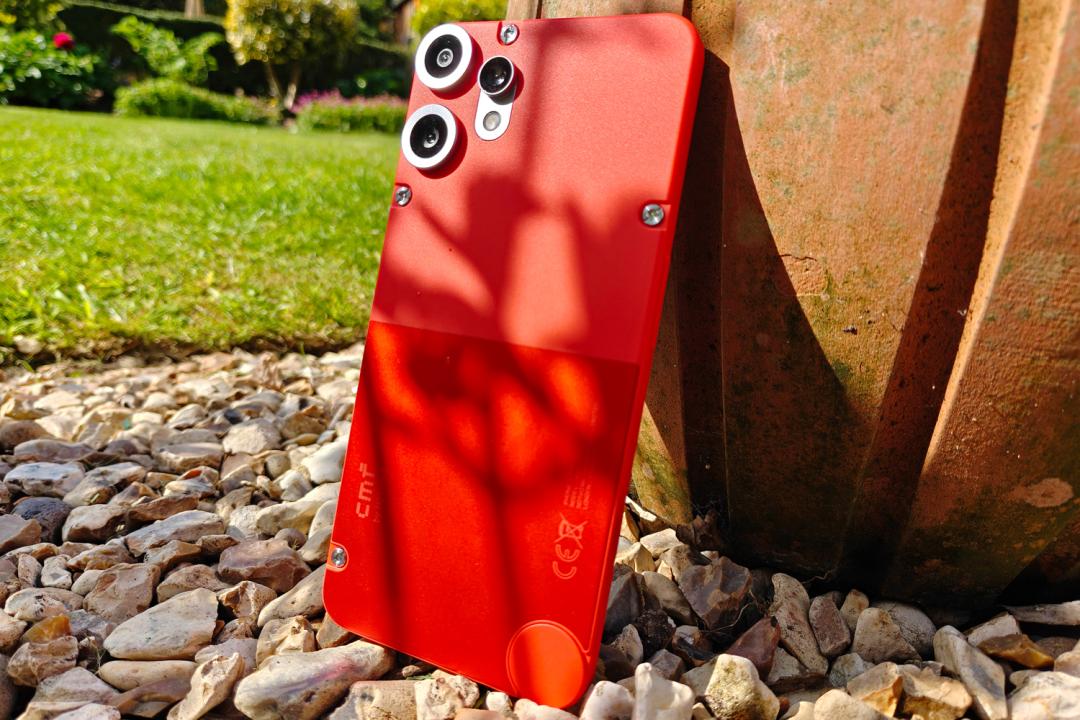
Stuff Verdict
An affordable phone sequel with plenty of personality. The CMF Phone 2 Pro makes progress in all the right areas, while keeping the price in check. It’s a fantastic choice if you’re on a modest budget
Pros
- Sleeker design that stays true to original’s modular approach
- Decent budget performance and battery life
- Fixes Phone 1’s flaws by adding NFC, improving IP rating
Cons
- Ultrawide camera is bang average and no OIS limits low-light ability
- Stereo speakers still don’t make the cut
Introduction
In the year since Nothing’s colourful sub-brand CMF burst onto the Android scene, there have definitely been more cheap smartphones worthy of your attention.
I’m not saying the CMF Phone 1 was wholly responsible; it lacked NFC, had a pitiful water resistance rating, and its secondary ‘portrait’ camera sensor added little value. But it otherwise delivered plenty of bang per buck, by borrowing heavily from the Nothing Phone 2a. OLED screens were still a rarity in its price range and the day-long battery life was nothing to sniff at either.
Things are a little different in 2025. The sub-$250/£250/€250 class has produced some bangers lately, courtesy of Motorola, Poco and Honor. That means the Europe and India-bound CMF Phone 2 Pro has it all to prove – not least whether it deserves the Pro monicker. It does again have price on its side, starting at £219/€249 for the 128GB model and climbing to £259/€279/$279 for the 256GB version, which is only available in the US through Nothing’s beta programme. Still, has its maker left enough breathing room between it and the £329 Nothing Phone 3a?
How we test smartphones
Every phone reviewed on Stuff is used as our main device throughout the testing process. We use industry standard benchmarks and tests, as well as our own years of experience, to judge general performance, battery life, display, sound and camera image quality. Manufacturers have no visibility on reviews before they appear online, and we never accept payment to feature products.
Find out more about how we test and rate products.
Design & build: smartened-up sequel
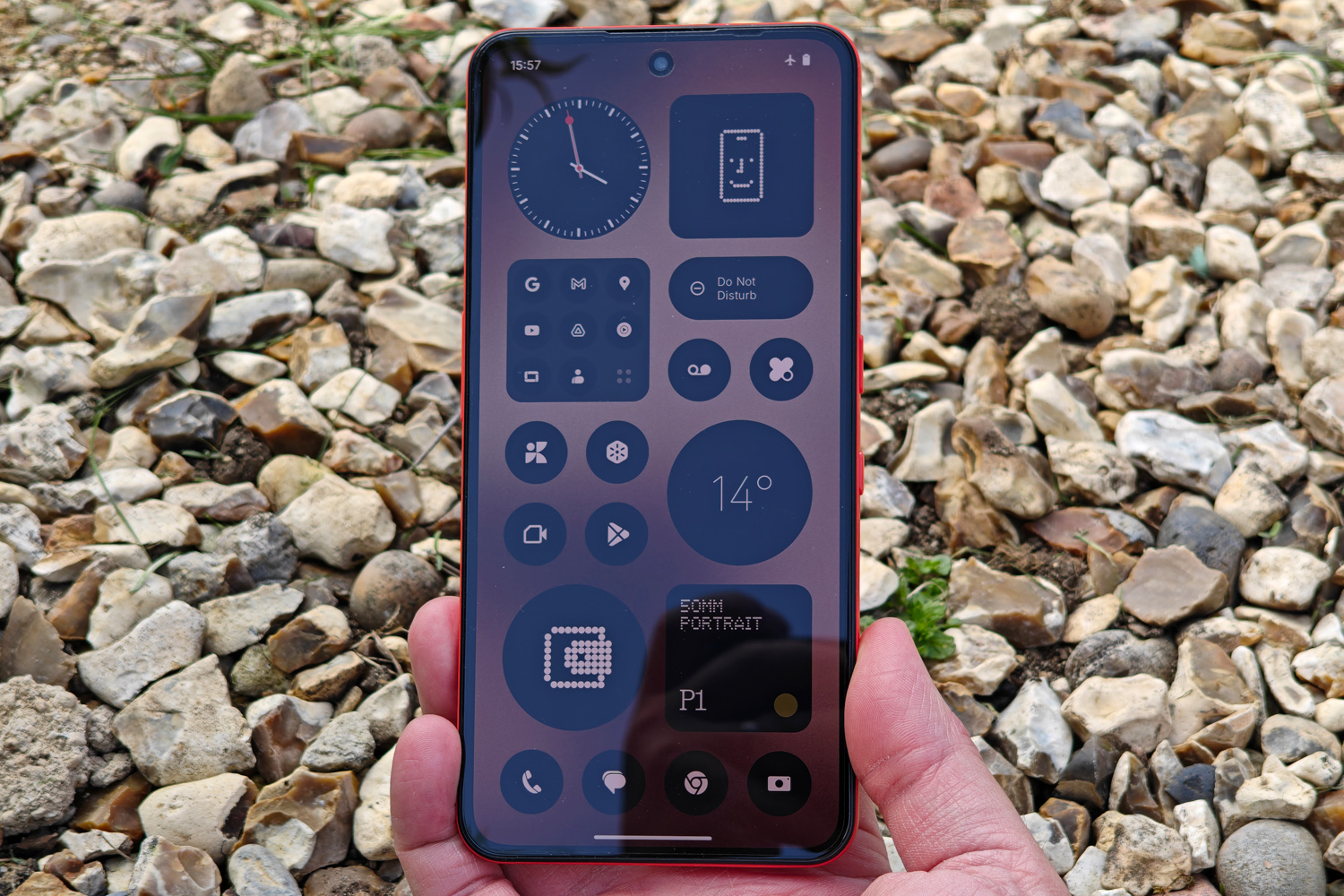
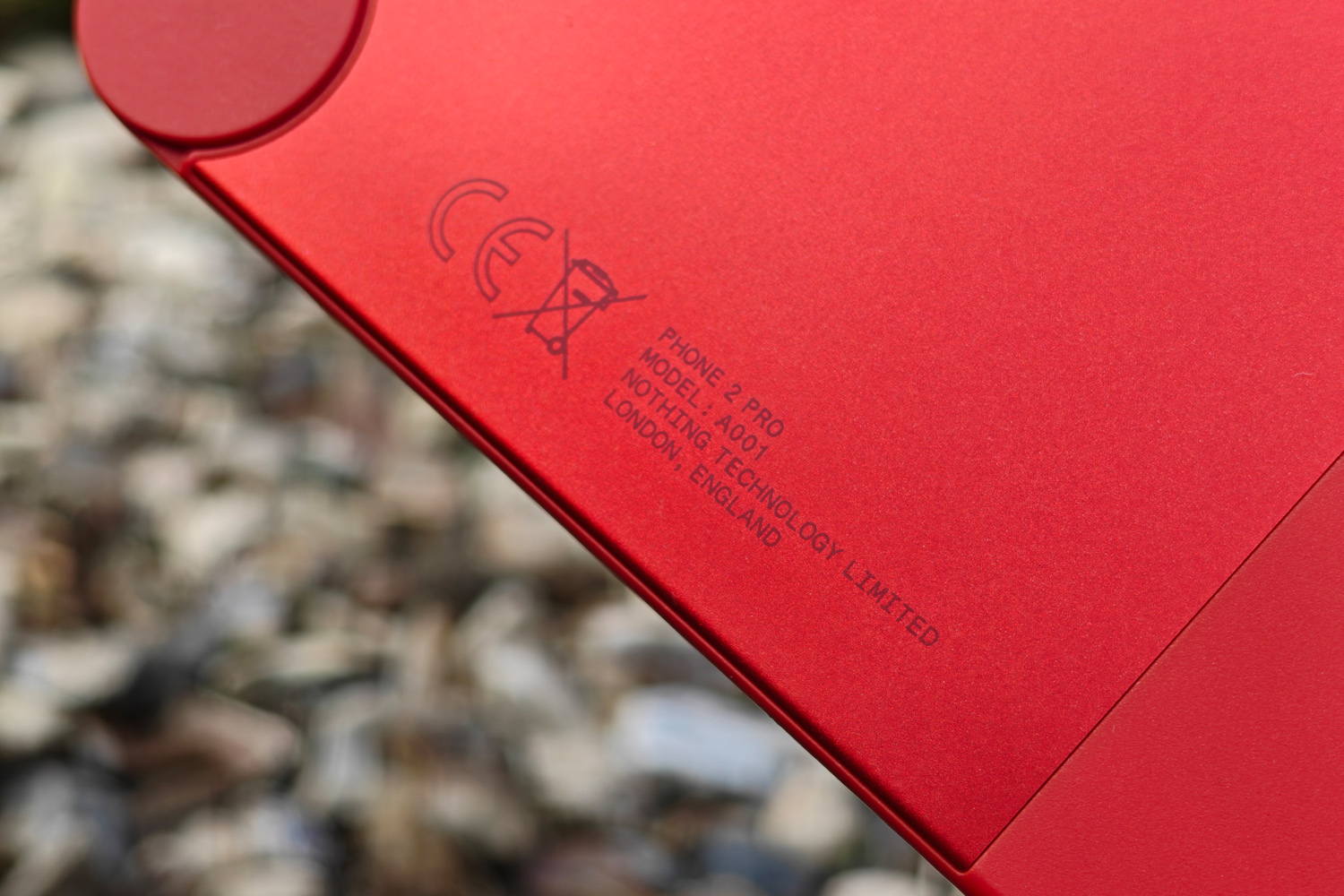
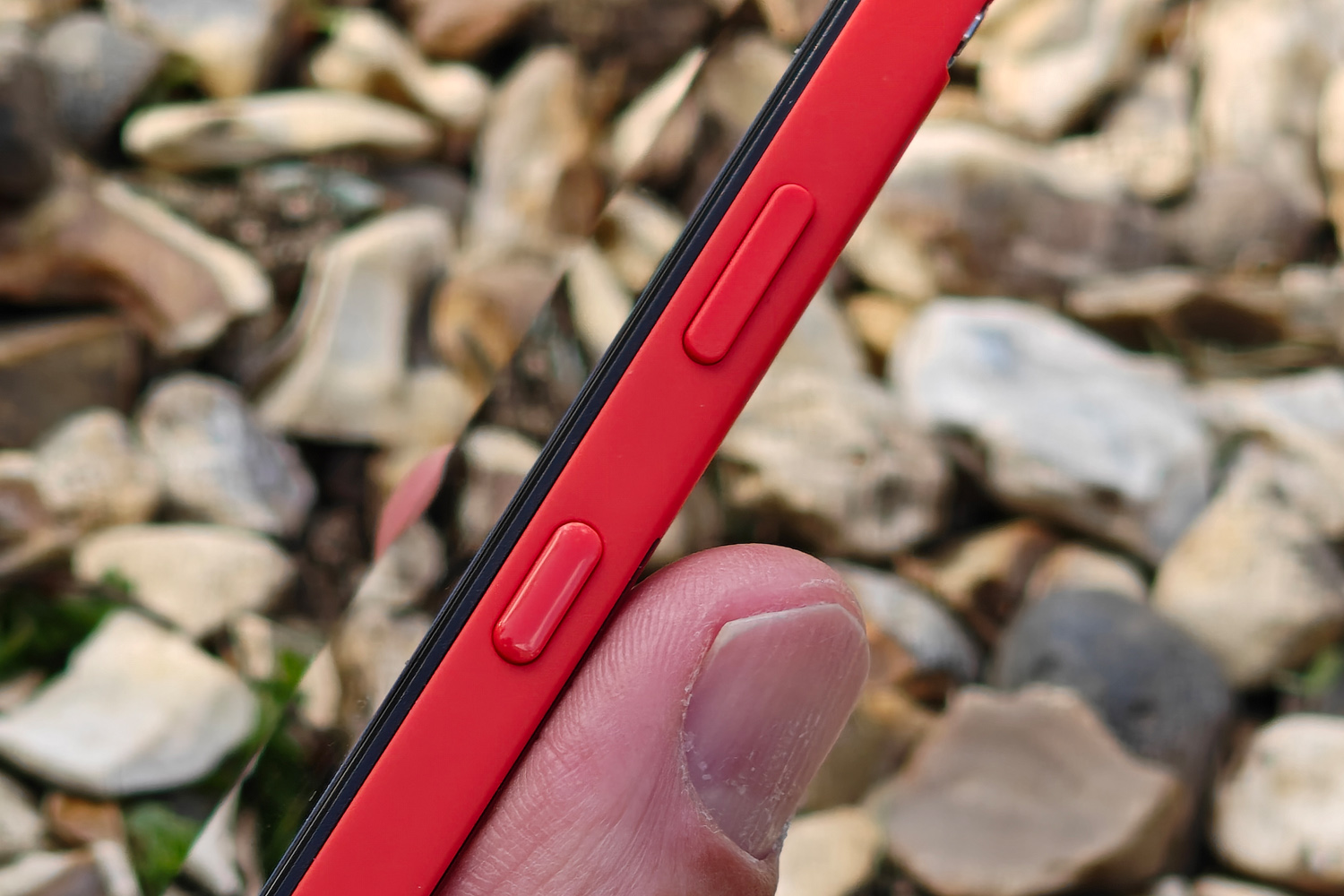
Nothing has streamlined its modular design for 2025, giving the second CMF phone a more refined look while keeping the
Meccano-like styling around the camera module, exposed screws that hint at the case’s semi-removable nature, and tool-free accessory port. The metal finish on the bottom half of my orange review unit made it feel that bit more mature than last year’s all-polycarbonate casing. The black and green versions get a frosted glass effect, while the white version feels more like sandstone.
The cases don’t pop off like the outgoing Phone 1 – though you can remove them with a little effort, they’re secured with adhesive tape near the camera housing and aren’t designed to be hot-swapped. Mine resisted wear well throughout testing, both the metal and plastic portions staying fingerprint-free.
You’ll be able to buy different covers for £25/€25. Nothing will be selling bundle packs that also include fun little macro and fisheye lens covers. The only accessory from the first-gen phone that’ll play nicely here is the lanyard strap; everything else is bespoke for Phone 2. That includes the screw-on wallet accessory.
Not that you’ll need it for contactless payments. The CMF Phone 2 Pro has NFC on-board (it was missing from the first-gen Phone), so you can ditch your physical bank cards. Water resistance has also taken a welcome step up, to IP54. That means rain showers aren’t a cause for concern anymore.
Glyph lighting remains exclusive to Nothing’s mainline phones, but the CMF Phone 2 Pro does carry across the Essential Space key from the recent Nothing Phone 3a and Phone 3a Pro. It has the same rounded shape, which I still find tricky to tell apart from the flat power button directly above it.
There’s little else to tell this phone apart from one costing twice the price. It’s a slender 7.8mm thick, sits comfortably in my palm, and has flat sides that provide plenty to grip onto. It avoids feeling at all toy-like, with a reasonable amount of heft. The under-display fingerprint sensor is also as speedy as the one on Nothing’s latest mainline efforts.
This is also one of very few phones on sale today with a microSD card slot still on board. If you have a spare card lying around, there’s not much incentive for buying the version with 256GB of on-board storage (which costs £40 more than the base 128GB version).
Screen & sound: a brighter outlook
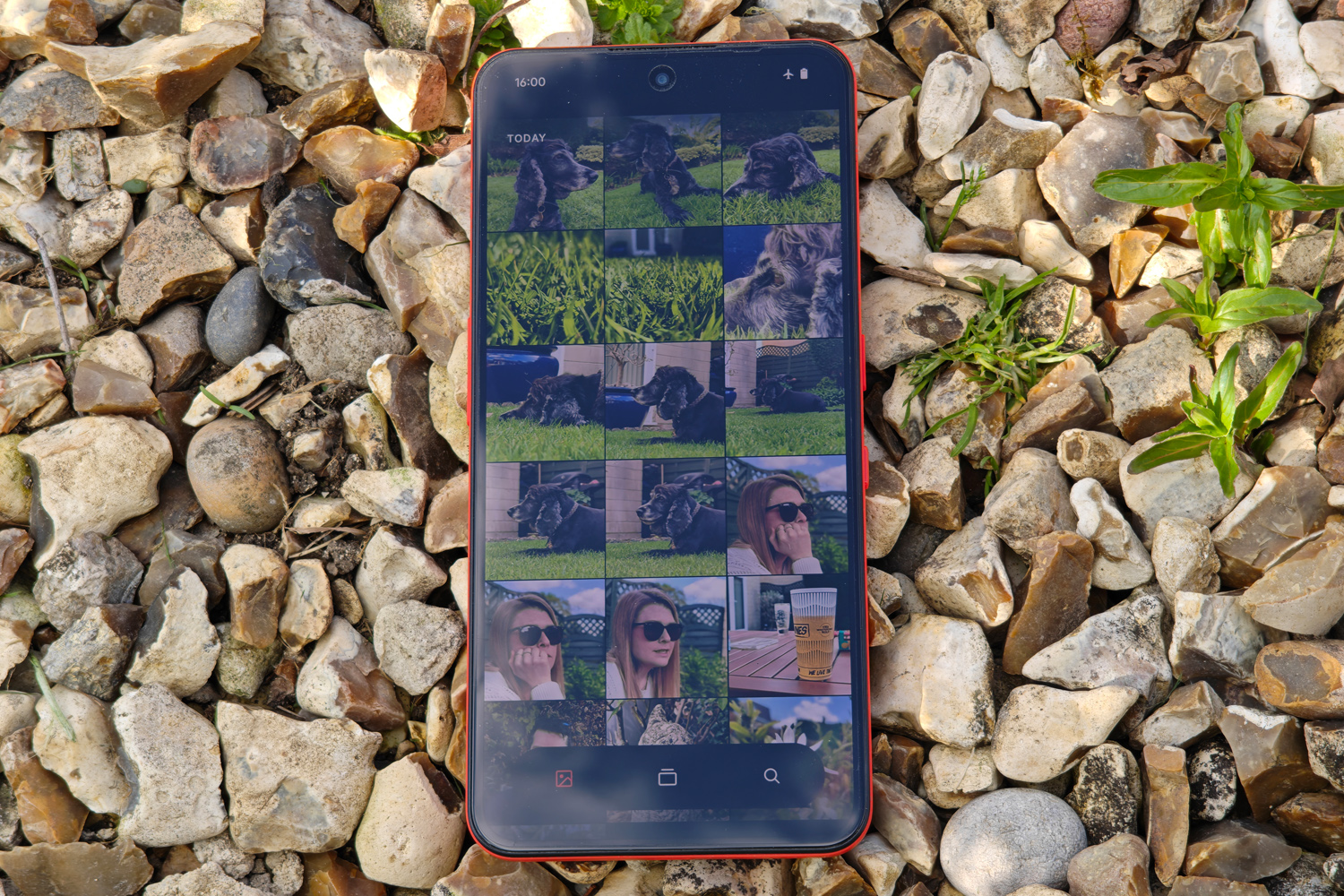
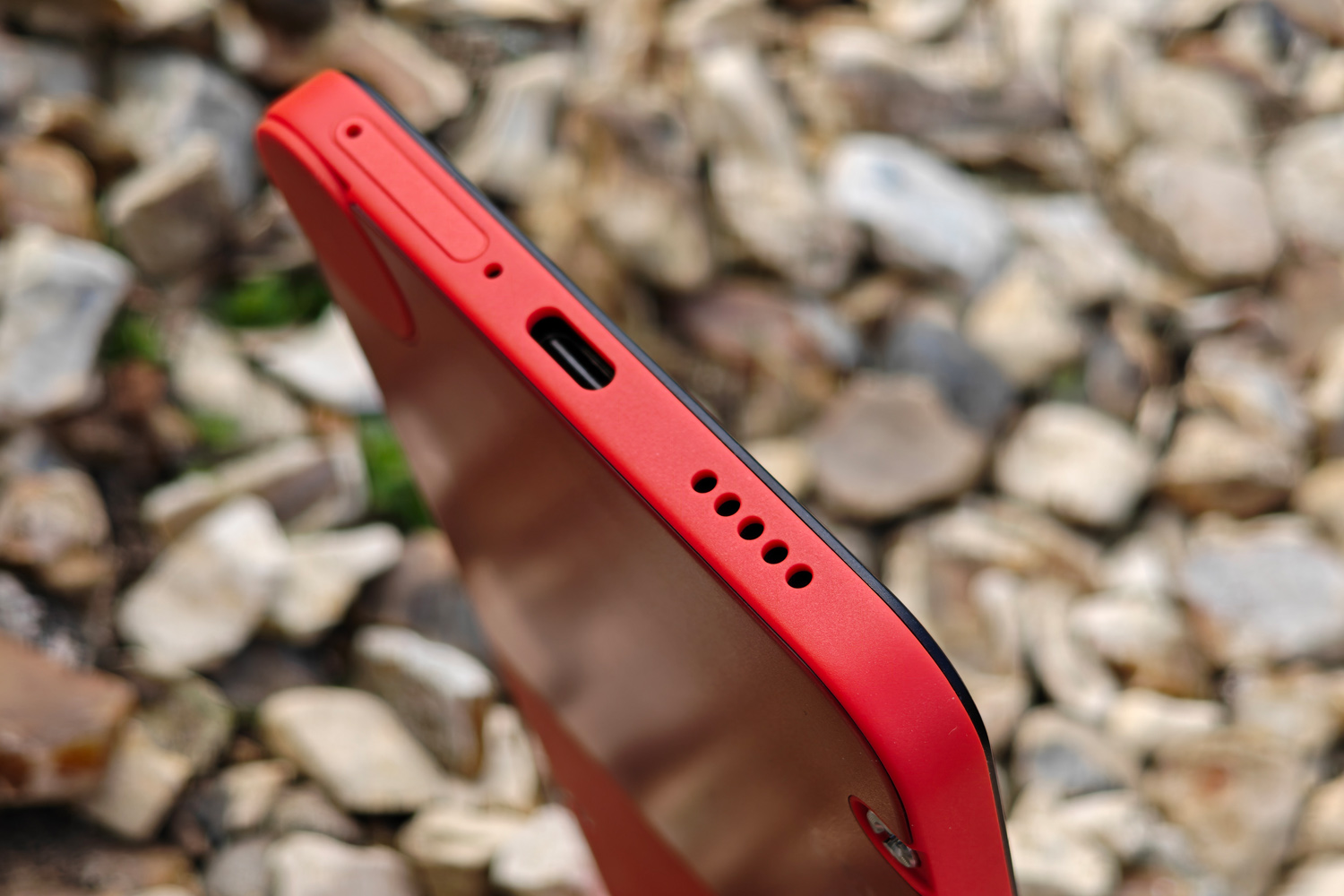
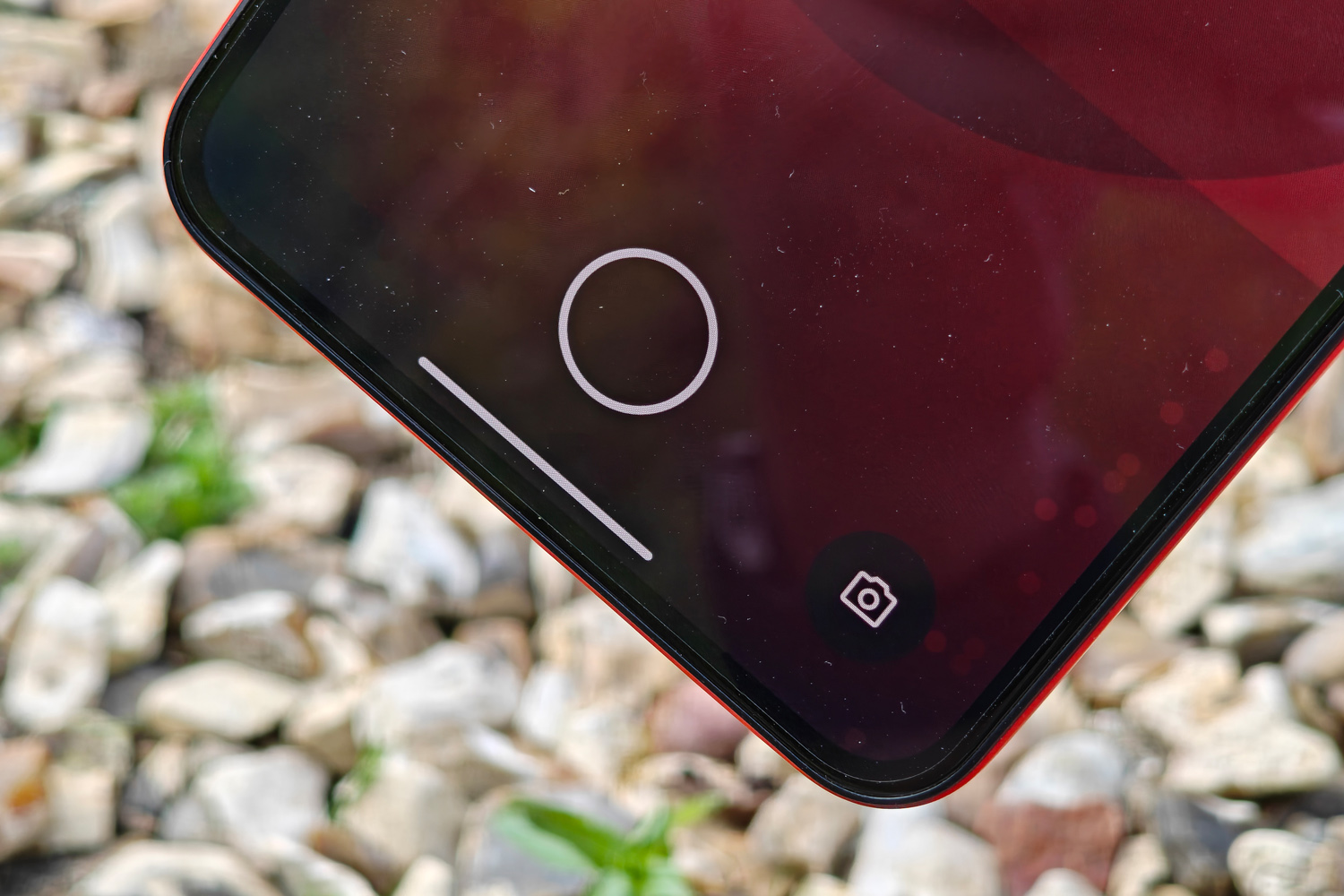
On the surface, it doesn’t look like the display has changed much between CMF Phone generations. This new model sticks with a 6.67in AMOLED panel, and the number of vertical pixels has dipped by such a minuscule amount you’d never notice. You’re still getting a better-than-Full HD resolution that looks wonderfully crisp from my typical viewing distance.
OLEDs are a bit more common at this price than they were for the first CMF Phone, but Nothing has still delivered a good one here. The Alive picture mode produces spectacularly vivid colours and is active by default; ironically the Standard preset has to be selected manually, and is there if you prefer a more subdued tone. Colour temperature seems a little more refined than it was on the first-gen phone, so I didn’t feel the need to adjust the slider at all.
The dynamic refresh rate can now be forced to run at 120Hz all the time, guaranteeing scrolls and swipes always feel as responsive as possible and it once again plays nicely with Google’s Ultra HDR standard. This really helps photos stand out when scrolling through your camera roll. HDR10+ is on hand for streaming videos as well.
Brightness is the main area of improvement, with HDR peaks now maxing out at a heady 3000 nits (up from 2000 nits previously). Highlights really leap off the screen now, while shadow detail remains very good for an affordable phone. Real-world use won’t see the screen shine so intensely, but it was more than bright enough to use outdoors without having to search for shade.
Nothing has stuck with the same mono speaker setup as last year. That’s a little disappointing, given how easy it can be to muffle the down-firing driver (especially when playing games) but it’s a pretty common cost-saver among budget rivals. There’s enough volume and overall clarity that I could listen to podcasts and YouTube clips while cooking in the kitchen, which is about all you can ask for at this price.
Cameras: closer to the action
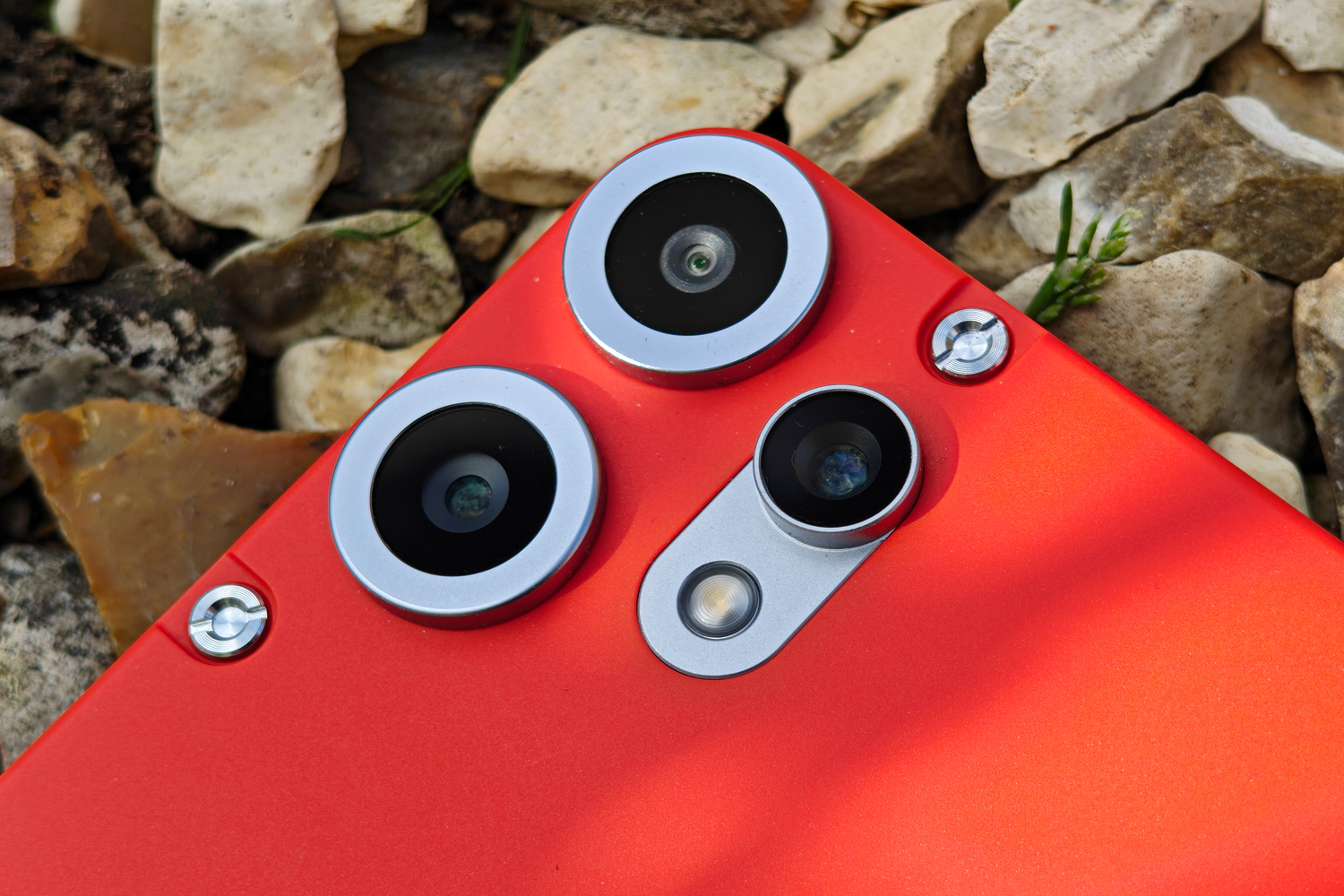
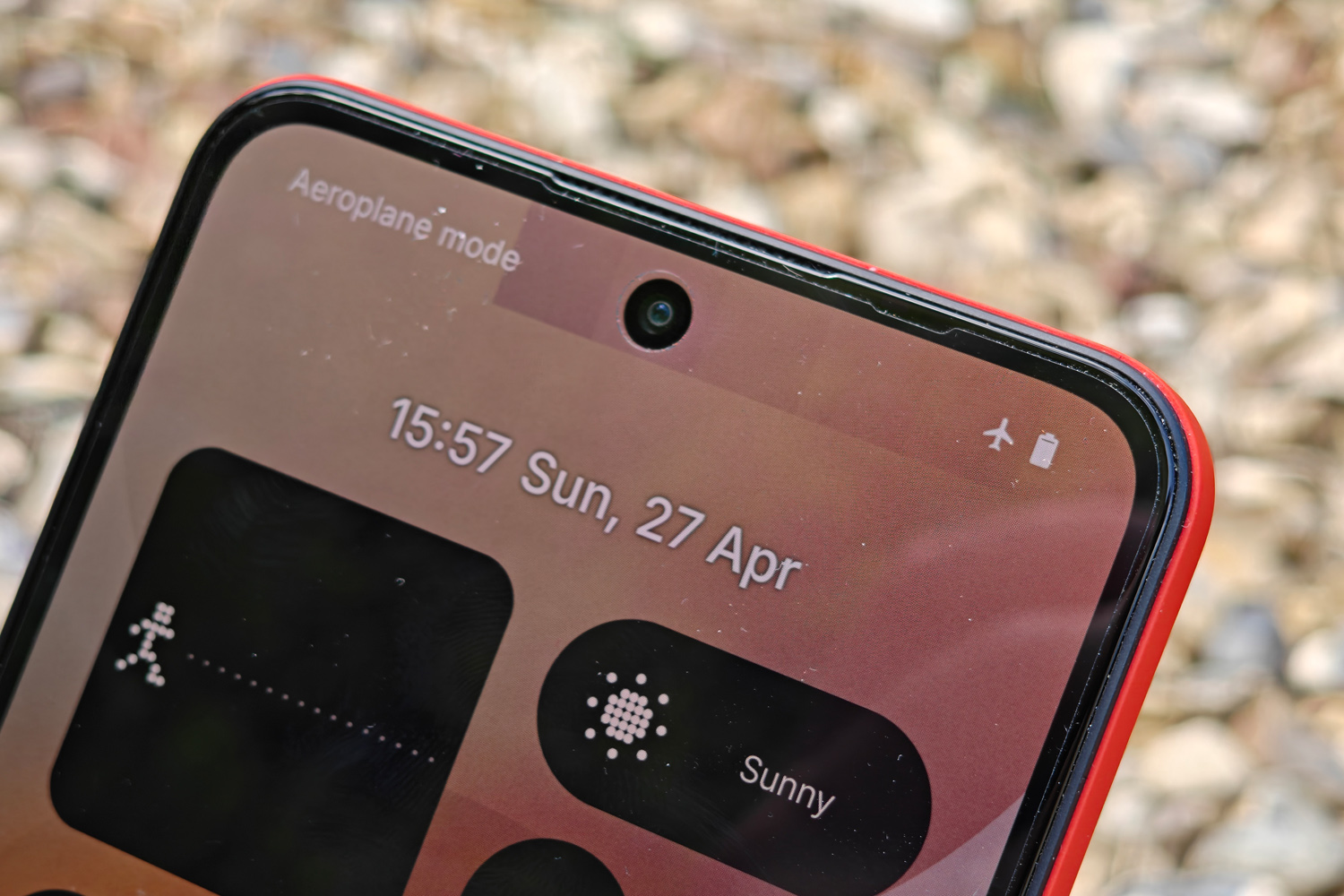
Impressively the CMF Phone 2 Pro’s rear camera setup isn’t all that different from the £100 more expensive Nothing Phone 3a: a 50MP lead lens, a 50MP telephoto good for 2x optical zoom, and an 8MP ultrawide. The biggest change is that there’s no optical image stabilisation here, just electronic. The selfie cam up front also drops from 32MP down to 16MP.
That still leaves Nothing’s image processing algorithms plenty to work with, and they do a very convincing job in good light. The lead lens favours vibrant colours and heavy contrast, which gave my photos plenty of pop. There’s plenty of detail on display, even on trickier textures like grass and foliage, without the oversharpening I’ve seen from certain rivals. It perhaps lacks a bit of shadow detail as it exposes for highlights, but you’ll only notice it in scenes that demand the widest of dynamic range.











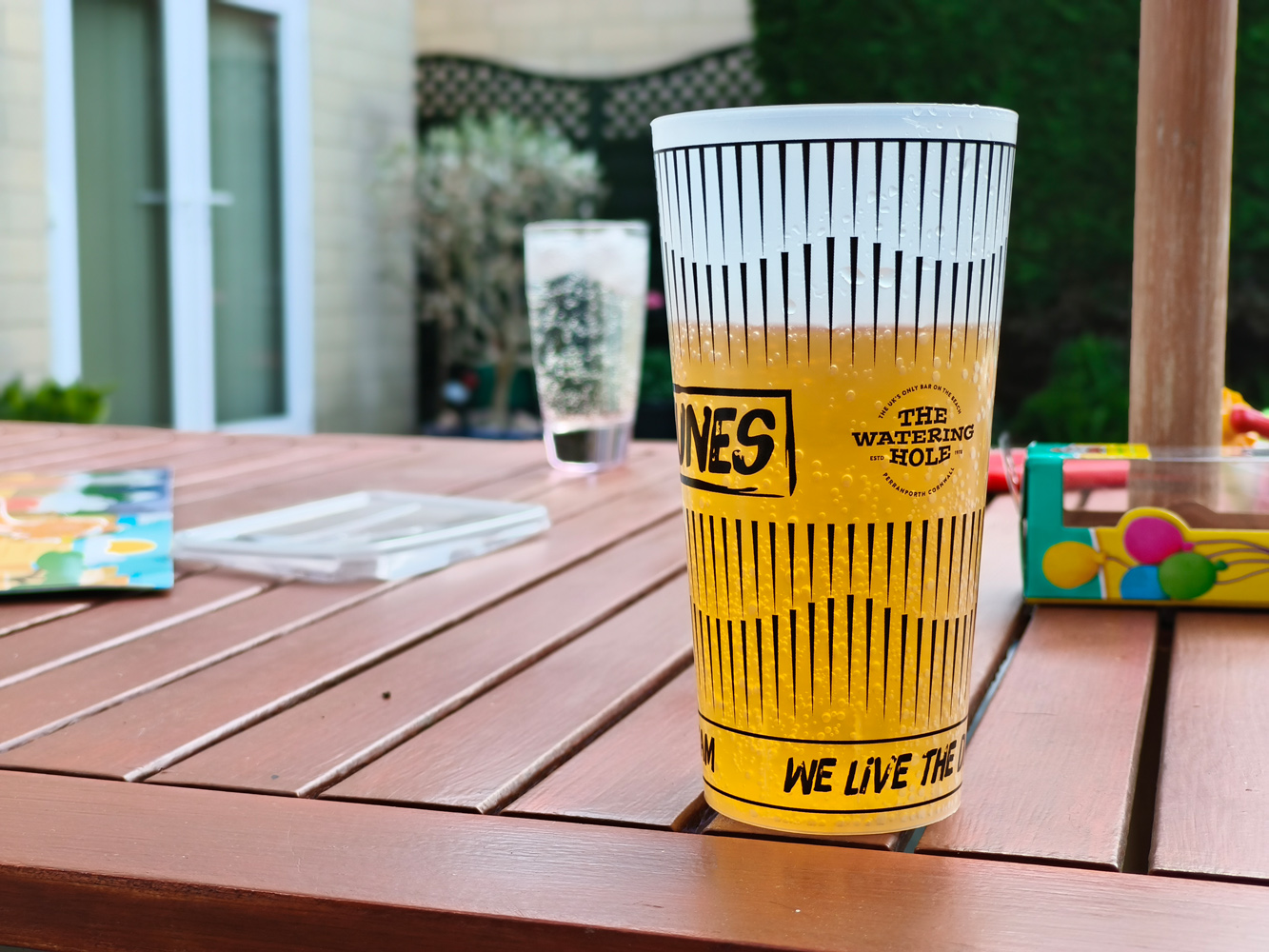

There’s great consistency across the board between the main and zoom lenses. Colour, exposure and detail are a close enough match I could happily mix and match magnification, without thinking my shots would be in any way compromised. It’s something you take for granted on a pricier phone, but one that isn’t guaranteed on the affordable alternatives. There’s enough resolution to make 4x cropped snaps very convincing too.
Digital zoom goes all the way to 20x, but noise levels quickly jump up and detail levels plummet. I understand why the camera app has a hard stop after 6x zoom, before it lets you pinch in further.


The ultrawide lens is quite clearly a step down from the other two. It lacks detail, particularly for the sorts of landscape scenes I’d usually reach for a wide-angle in order to fit into the frame. Dynamic range is narrower and there’s a drastically different colour balance. Everything looks too vivid and saturated.
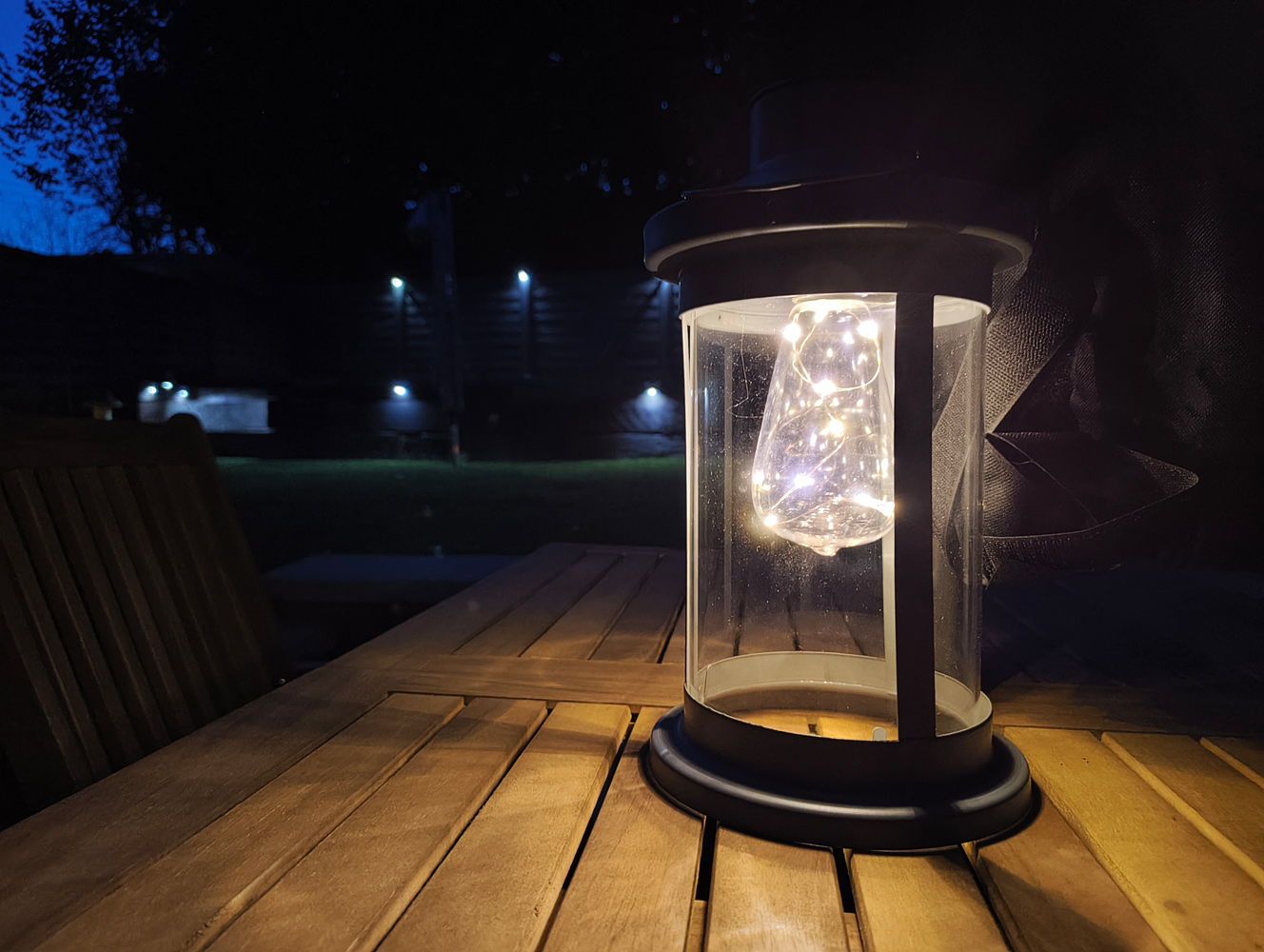

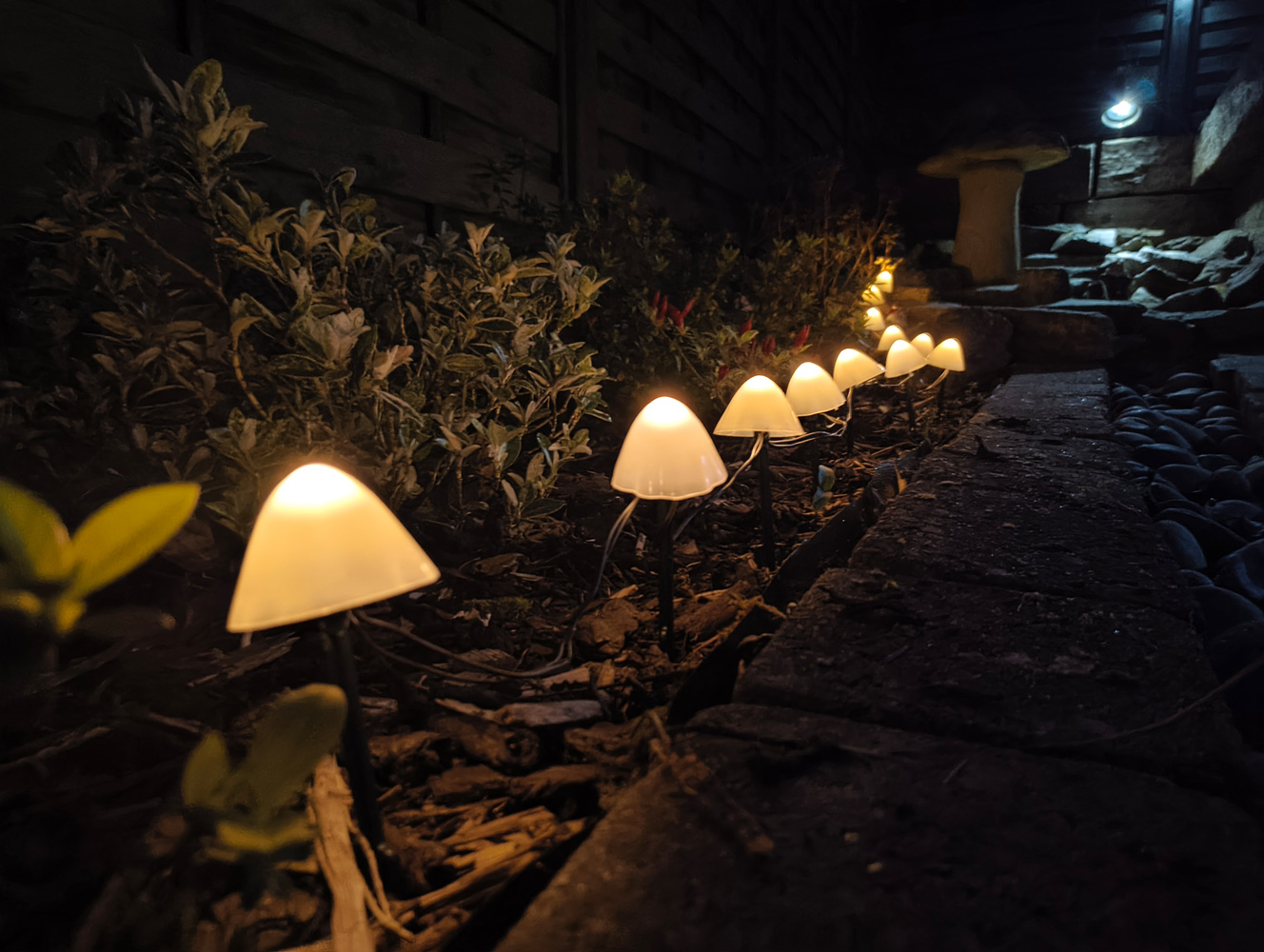
Low light is where the CMF Phone 2 Pro falls behind Nothing’s full-fat Phone 3a. With no OIS you’ve got to really keep your hand steady, with Night mode taking several seconds per shot to expose and process the scene. My results weren’t always sharp, though the main and telephoto lenses kept noise in check and delivered natural-looking colours.
If you’re looking for an affordable phone to take with you on nights out, it makes more sense to save some extra cash and get the Nothing Phone 3a; OIS really does make the difference on the lead lens. For daytime shooting, though, the cheaper CMF puts in an impressive performance.
Software experience: slowly becoming essential
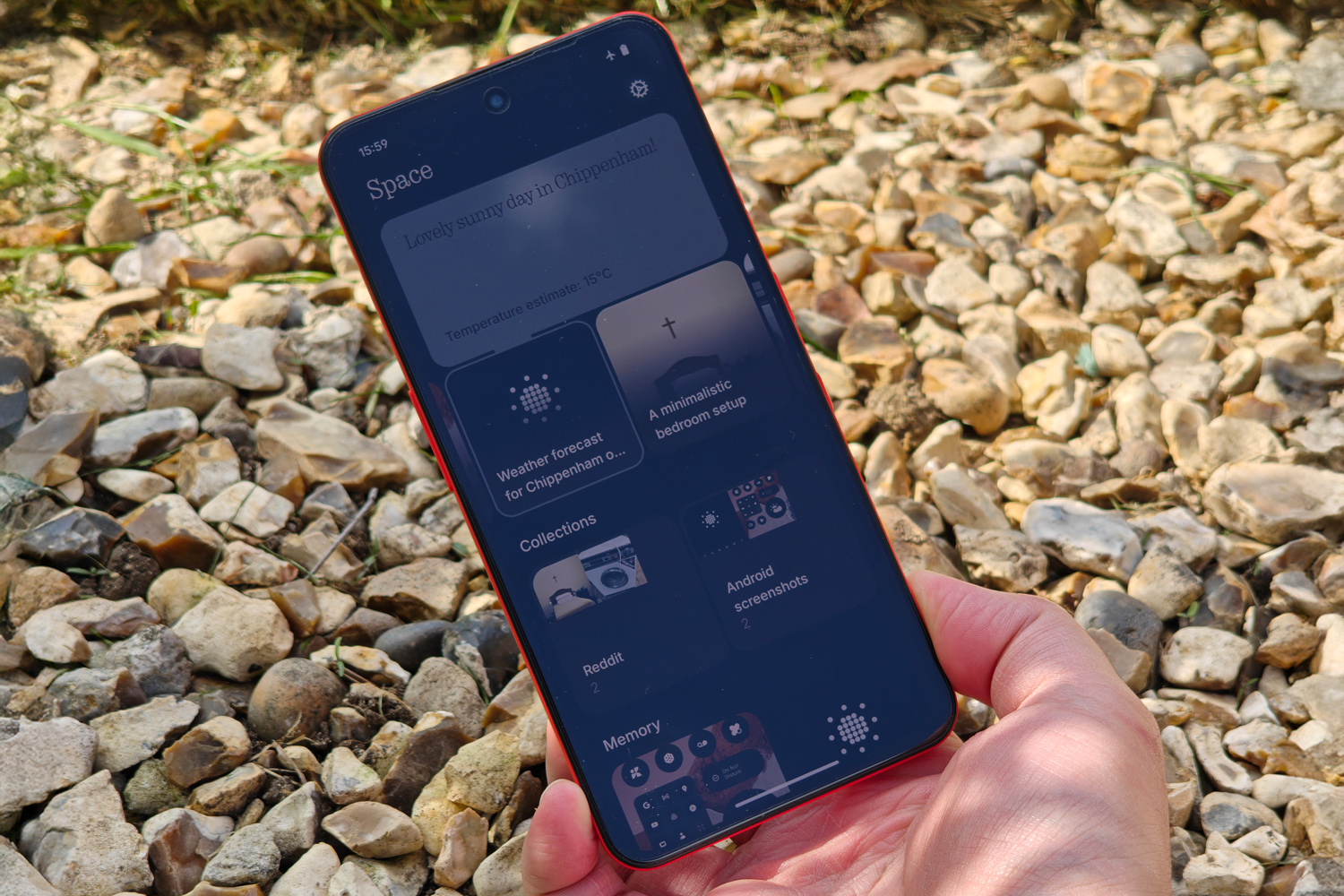
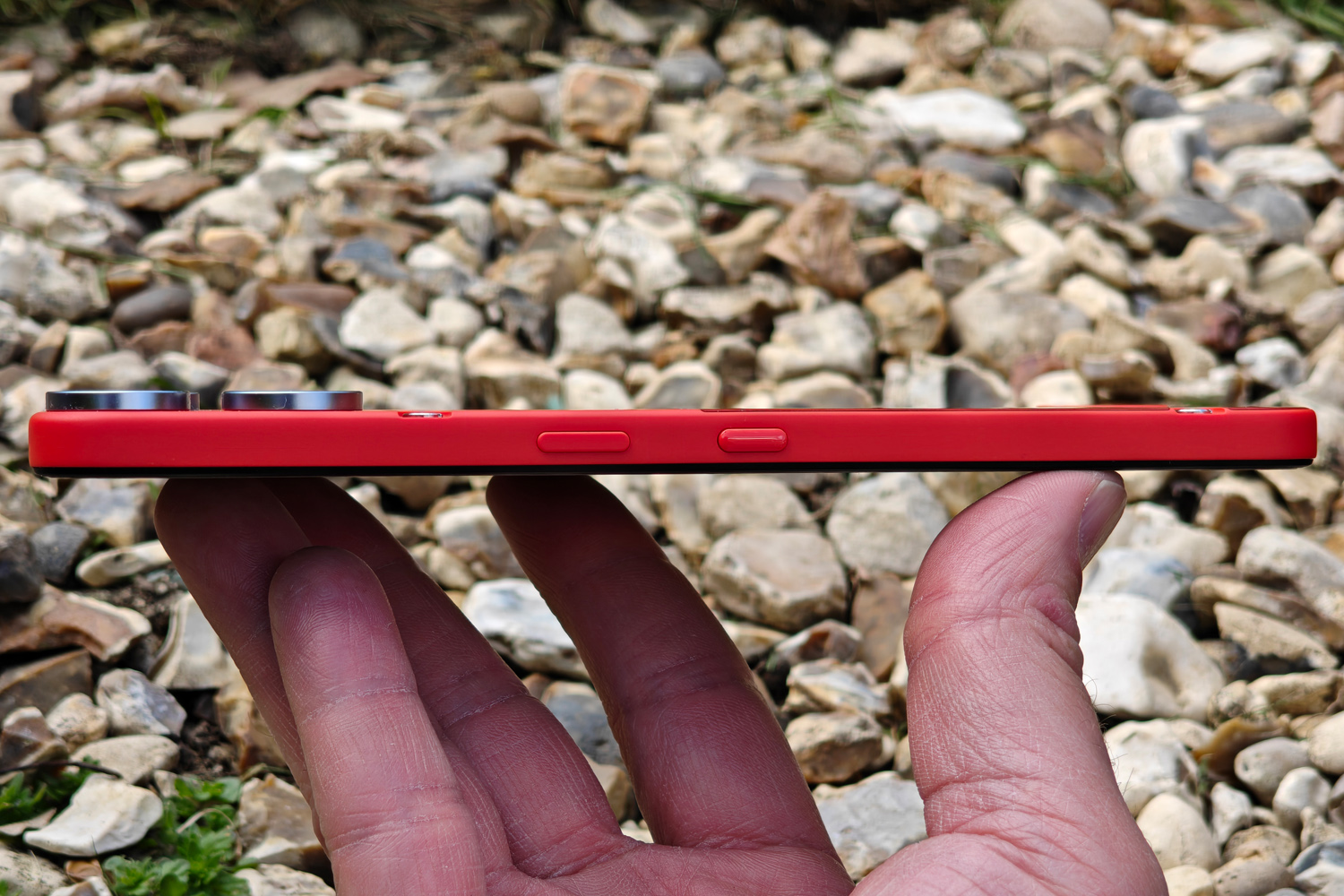

Nothing has bumped its slick spin on Android, NothingOS, to version 3.2 for the CMF Phone 2 Pro’s arrival. It’s visually identical to v3.1 that launched with Nothing Phone 3a and Pro 3a Pro, with all of the same features. That means you get the same gloriously minimal monochrome UI, same extensive selection of homescreen widgets (which can also be added to the lock screen now) and same handful of themed own-brand apps.
Even better, you won’t find a single piece of third-party bloat when you power on the Phone 2 Pro for the first time. It’s practically a given with other budget handsets that your home screen will be peppered with apps and games you have no desire to use, just so the manufacturer can make a quick buck at your expense; bravo to Nothing for putting customer experience first.
The big new addition is Essential Space, a new app that uses a mix of on-device and cloud-based AI to organise your notes, screengrabs and voice notes in one place. Press the dedicated key and it’ll save a screenshot; you can then write or record a voice note to go with it. Hold down the key and it’ll record a voice note instantly, with summaries and transcripts generated automatically. A double press takes you straight into the app.
Essential Space was in the very early stages when I tried it on the Nothing Phone 3, but the firm has quickly brought it up to speed. It now recognises images, giving them generative descriptions and recognising text. You still have to sort them into categories, and I admit I’m not a voice note fan, but I’m seeing a lot more potential here than I did even a few months ago.
Nothing’s software update commitments haven’t changed, so Phone 2 Pro owners can expect three years of generational Android upgrades and six years of security patches. That’s honestly not bad for a phone in this price bracket; you’ve got to step up to a Google Pixel 9a if you want a phone you buy today to last you into the next decade.
Performance & battery life: minor gains
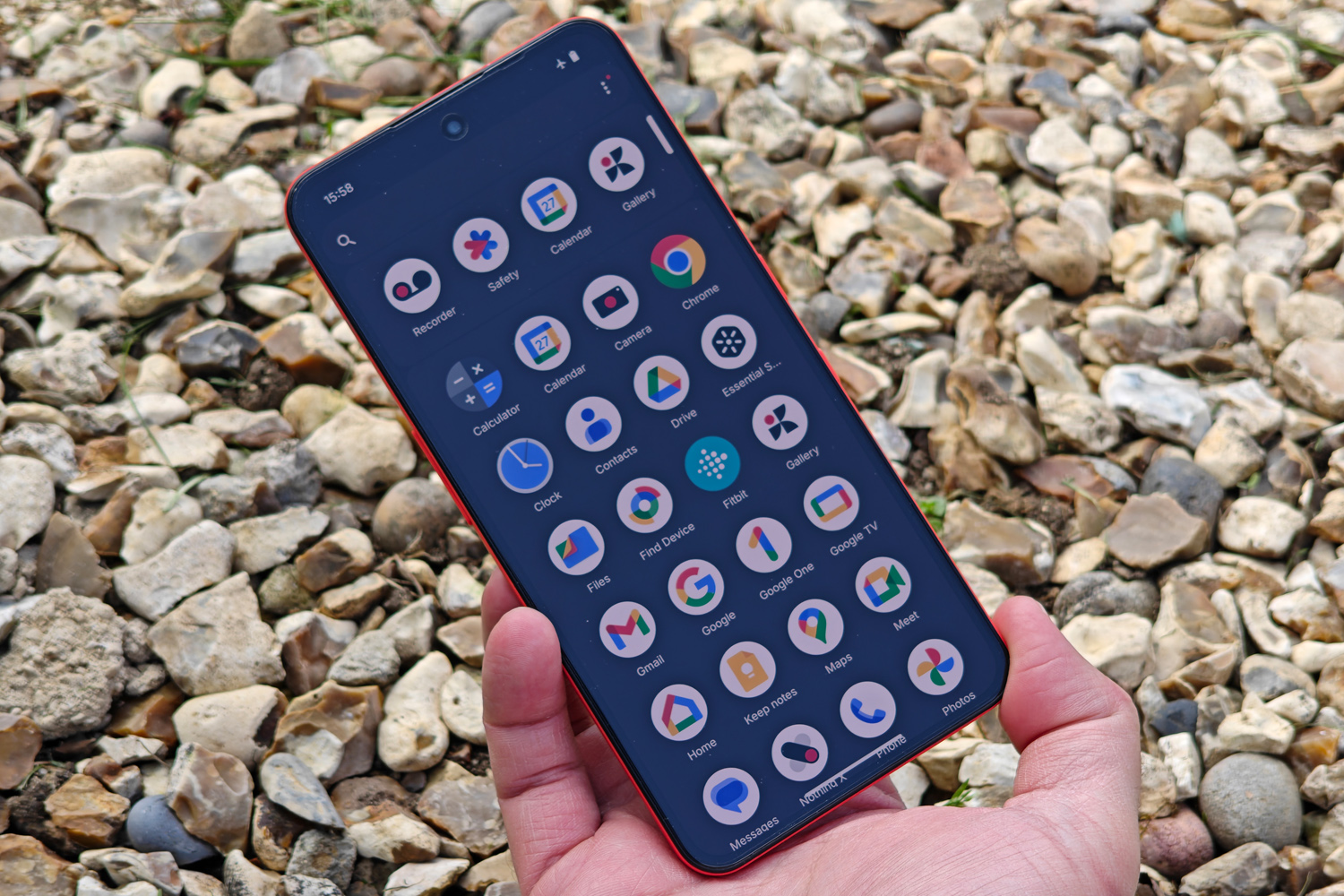
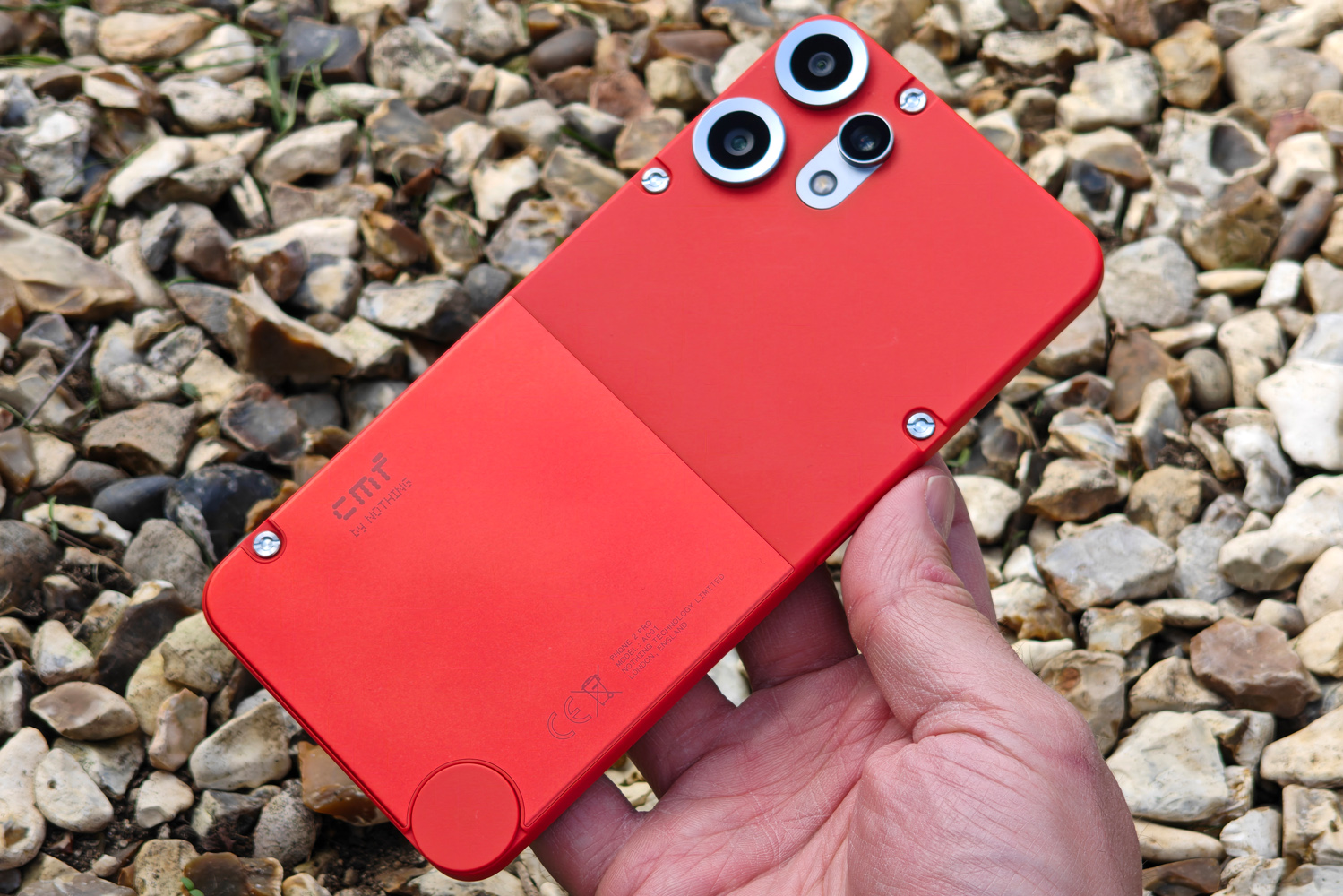
It’s funny how Nothing fans were fuming about MediaTek powering the firm’s mainline phones just a few years ago, yet now Dimensity seems to be the chip of choice at the CMF Phone 2 Pro’s price range. You get a Dimensity 7300 Pro here – essentially a tweaked version of the chip that went in the outgoing Phone 1 – which Nothing reckons is good for 10% faster processing and 5% faster graphics, while also being more power efficient in the process.
That largely bore out int my testing. Synthetic benchmarks showed a small improvement, but we’re still talking budget phone levels of performance. You don’t have to spend too much more to get a more potent device. Nothing’s software is very well optimised, however, so I never felt Android was in any way hamstrung. Apps open quickly enough, and don’t need to reload all that often when multitasking. I chalk that partly up to 8GB of RAM being the norm worldwide (Indian variants of the first-gen phone got 6GB) and that the OS can siphon another 8GB of system storage as virtual memory.
Gaming is a bigger ask, if your library consists more of demanding 3D titles over more basic casual fare. The ones I tried all defaulted to lower detail settings, though they did then play smoothly enough. A Poco X7 Pro might be your better choice for gaming on a budget, even if it costs £80 more than the CMF.
I’m not surprised the Phone 2 Pro sticks with the same 5000mAh battery capacity as its predecessor. Nothing has yet to adopt silicon-carbide tech anywhere else in its line-up, and was unlikely to start with its cheapest model. That means it’s beaten by both the Poco X7 Pro and Honor Magic 7 Lite for sheer size – which admittedly cost £300 apiece – with a narrower gap to the £250 Honor 400 Lite.
That still translates to a full day of scrolling, snapping and streaming between trips to a plug socket, though. I found Nothing’s claim of an extra hour of regular use over the CMF Phone 1 largely held up. I managed to last through the night and most of the next morning before I needed to recharge with more modest use that avoided gaming and 5G.
Wired refuelling maxes out at 33W, the same as last year. That’s faster than the Samsung Galaxy S25 – which costs three times as much – can manage, sure. But some £300 phones now offer 90W charging, and still include a charger in the box; there’s none of that here, unless you live in India. Wireless charging being omitted isn’t a surprise, given the budget.
CMF Phone 2 Pro verdict

A year ago I said the CMF Phone 1 “nailed the basics of a budget phone”. Its successor goes even better than that, adding features that were missing before and improving on others. The camera situation has taken a welcome step forward, and the design is a little more mature, too. Or as much as anything this bright and orange can mature, anyway.
Performance and battery life have only seen incremental changes, and there are a few more keenly-priced rivals in the mix than there were for the original CMF Phone, but Nothing’s commitment to modularity and a wonderfully customisable Android interface help make this my top pick for the cash. Even the Essential space is becoming that bit more essential than it was on its debut.
Unless you’re willing to spend twice as much on better low-light photography and gaming oomph, there’s very little not to like here.
Stuff Says…
An affordable phone sequel with plenty of personality. The CMF Phone 2 Pro makes progress in all the right areas, while keeping the price in check. It’s a fantastic choice if you’re on a modest budget.
Pros
Sleeker design that stays true to original’s modular approach
Decent budget performance and battery life
Fixes Phone 1’s flaws by adding NFC, improving IP rating
Cons
Ultrawide camera is bang average and no OIS limits low-light ability
Stereo speakers still don’t make the cut
CMF Phone 2 Pro technical specifications
| Screen | 6.77in, 2392×1080 AMOLED w/ 60-120Hz |
| CPU | MediaTek Dimensity 7300 Pro |
| Memory | 8GB |
| Cameras | 50MP+50MP+8MP rear 16MP front |
| Storage | 128GB/256GB on-board MicroSD expansion |
| Operating system | Android 15 w/ NothingOS 3.2 |
| Battery | 5000mAh w/ 33W wired charging |
| Dimensions | 164x78x7.8mm, 185g |


